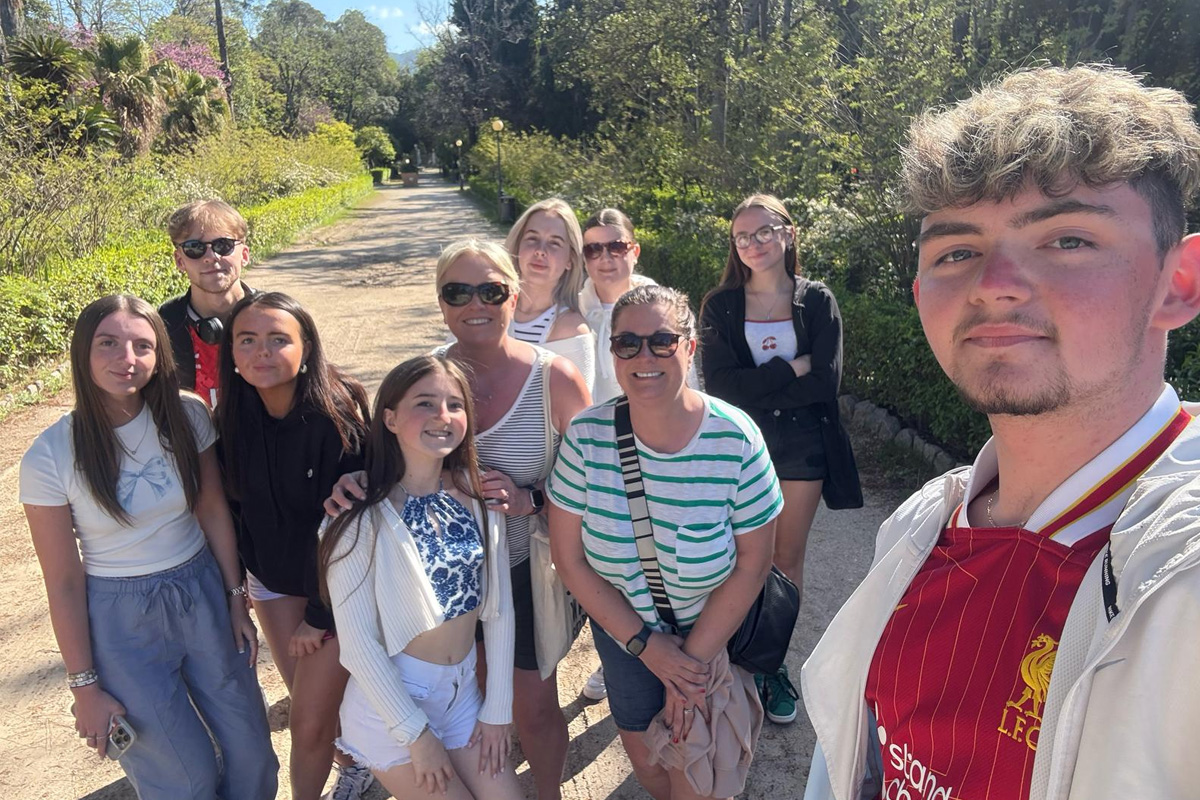Low Code/No Code, Hybrid Working and Digital Clarity

Prediction 1: After almost two years of hybrid working, work platforms will become the norm with regards to how we work.
Spokesperson: Will Hale, Northern European Leader, monday.com
“The pandemic has been a real catalyst for changing the way the entire world works. The terms “flexible” and “hybrid” are now mainstream and have evolved to give employees more control and flexibility over their day. However, the flexible and hybrid working we know now is not the same as it was in the early days of 2020.
To cope with the overnight shift in ways of working, businesses cobbled together a few tools to get work done; Zoom for meetings; Outlook for email; Google Docs for editing, etc. But now, enterprises are realising they need a centralised platform or operating system within which all work can happen, no matter its nature or scope. As we enter the third year of pandemic-era work, we’ll see even more adoption of these types of systems to accelerate platformed collaboration.”
Prediction 2: 2022 will be the year of no-code and (very) low-code working
Spokesperson: Will Hale, Northern European Leader, monday.com
“Low-code and no-code are not new concepts to the tech industry — they have been around for over a decade in some shape or form. Historically, the application of code to products has remained the territory of IT or at least people/teams with some technical experience. However, in recent years, the opportunity to use no-code and low-code tools has opened up to include regular business users. If you look at the likes of WordPress or Canva, they produce high quality content that requires no technical skill.
Low-code and no-code builds is set to become even more mainstream in 2022: in the world of work, teams will no longer buy pre-fab tools and platforms, but instead choose those that give them the flexibility to design the workflows and processes they want, customised to the nature and breadth of their work and teams. It is this ability to work your own way that will allow teams to define the next generation of distributed work.”
Prediction 3: The next iteration of work will require digital clarity
Spokesperson: Naveed Malik, Regional Director, EMEA, monday.com
“The hybrid working model has meant that businesses rushed to cope with the influx of tools and technologies designed to help employees maintain and increase productivity; remain engaged regardless of their working location or environment; and safeguard themselves from burnout by taking care of their day-to-day. But the enterprise wasn’t always involved in the selection of tools: many employees had to take the plunge into WFH into their own hands, modifying their workflows and acquiring productivity and collaboration tools with a view to becoming more effective – but it also created what is defined as shadow IT (tech that is outside the purview of an enterprise’s IT workforce). These tools drained existing IT resources and created performance degradation across companies, making digital seem like a less viable option for solving issues created as a result of remote work.
For the channel, it meant that many partners were often caught in the crossfire of support issues across multiple applications due to incorrect configuration or installation of collaboration tools. These can be time consuming, costly and unnecessary for both customers and partners. To prevent this problem from worsening, partners will now be looking to solutions which will complement their customers’ existing investment choices, allowing them to be more productive without the added stress of having to learn new ways of working or without having to troubleshoot new tech tools as they go. This level of clarity on how a new tool will fit into an enterprise’s digital ecosystem for true transformation is what the channel will be – and should be – looking for in 2022.”











Responses